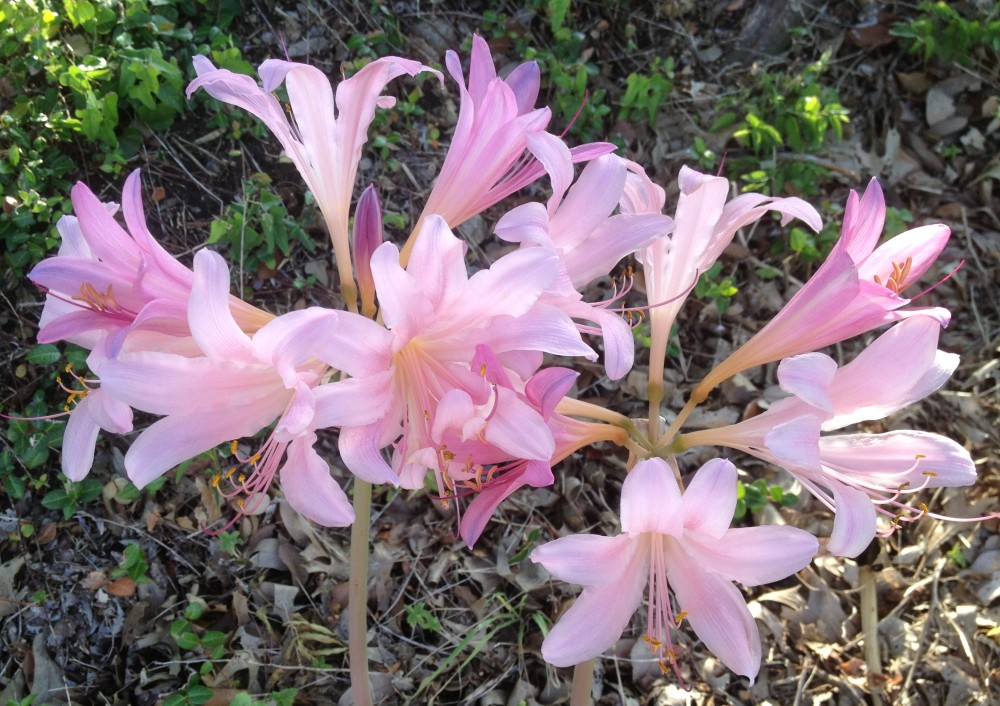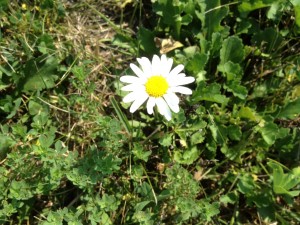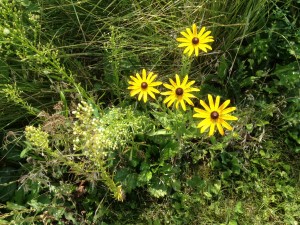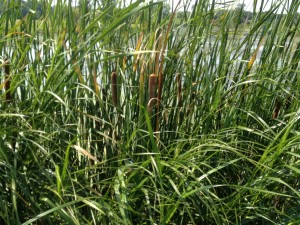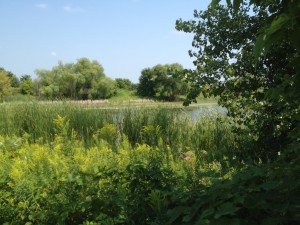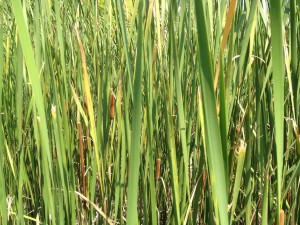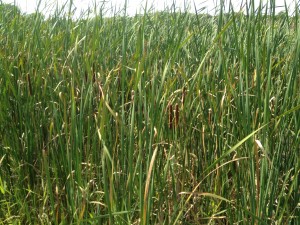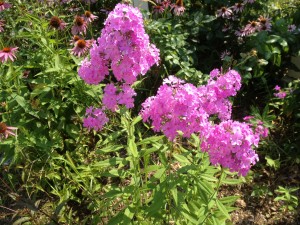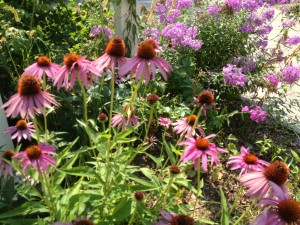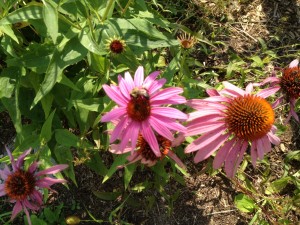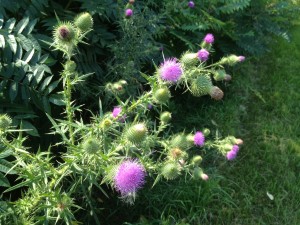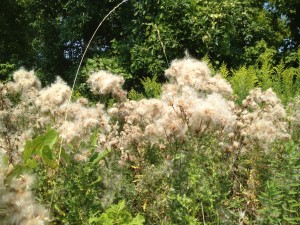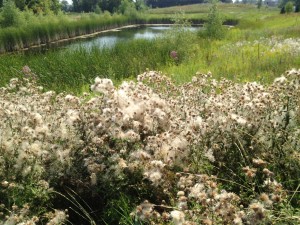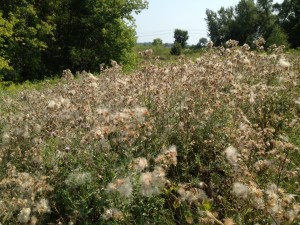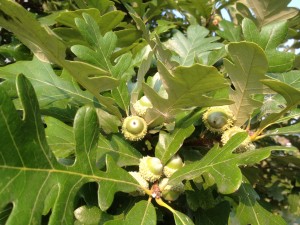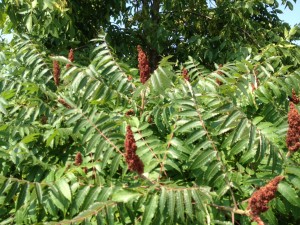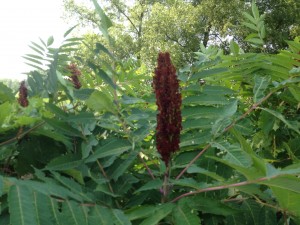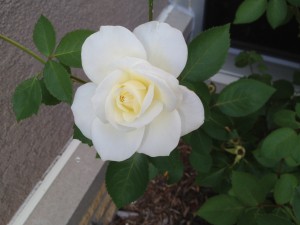For the last week, I’ve been enjoying the cooler weather of Minnesota with my 94-year-old mother. It is still summer up North, but the signs of fall are approaching. The Minnesota State Fair, which begins this week, is traditionally the last gasp of “heat.” Up there, 90 degrees Fahrenheit (32 Celsius) is “hot.” Down here, in Texas, we would call that a “cool” front.
Mom and I took to “walking” around the little lake next to her assisted living. I pushed the wheelchair while she pointed. It was quite a fair trade and a joy to view the late-summer flowers of Minnesota.
Here you see the wild daisies that greeted us each morning and evening on our post-jentacular, post-prandial circumambulations.
Beside the shores of the small lake, the tall cattails waved in the breeze and hid the young ducks paddling from our view. The cattail is a wetland plant who prefers to keep its feet in the water. You can see the unique flowering spikes of the cat tails between the flat blade-like leaves. A curiousity of the Norhtlands, it has always been to me the “cattail”.
Circling back near the building, we found a cultivated bed of pink phlox and purple cornflower. The masses of little pink blooms on the phlox graced my Dad’s rock garden in Iowa. In Texas, we have wild phlox in the spring, but the delicate phlox blooms do not last this long into our summer. Purple cornflower or echinacea is a member of the daisy family, with a wide range and an acquired tolerance for heat that lets those pretty heads lift and smile even now in the Lone Star State and attracts a buzz of friendly bees in the Gopher State of our walk.
A last lingering thistle poked out from the forest edge. The purple thistle is an ancient Celtic symbol of nobility and the national emblem of Scotland. Introduced into the Americas, it has traveled widely and is a bright and welcome sight along our roadways and water edges.
At this time of year in the Land of a Thousand Lakes, most thistles have gone to seed. The rounded, pineapple-shaped receptacles at the base of the faded blooms have dried, cracked and burst open in a cloud of white-feathered seeds. Like tiny parachutes, the seeds float in the wind across the water and over the roads to find a new home for next year’s crop of thistles.
For our northern cousins, it is becoming that time of year before the leaves on the oaks turn colors and the acorns drops. (Can you see the few thistle chutes among the corns?)
Along the roads and paths, the flowers of the sumac bushes have turned to dense spear-head-shaped clusters of reddish-brown drupes, called sumac bobs. On a drive to town, I saw the sumac leaves already red and orange along the hillsides. When the sumac bobs and turns, cooler weather is not far away.
Until then, a white rose blooms in a quiet nook warmed by the late-summer sun and bids me fair winds and good travels as I take my leave until another day.
There is much to be said of the “Yellow Rose of Texas” and for the “White Rose of Minnesota.”
They both show well and have their own special stories,
Grandpa Jim
